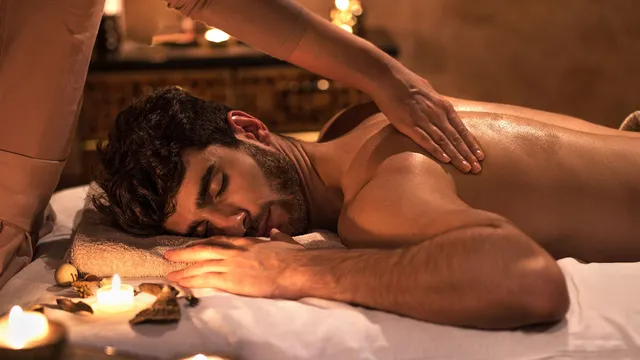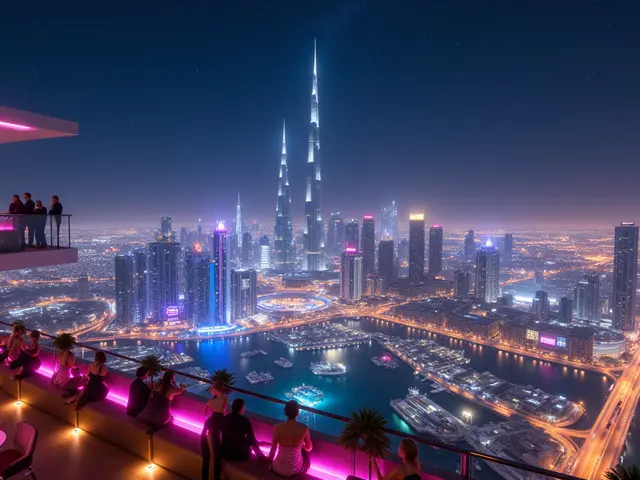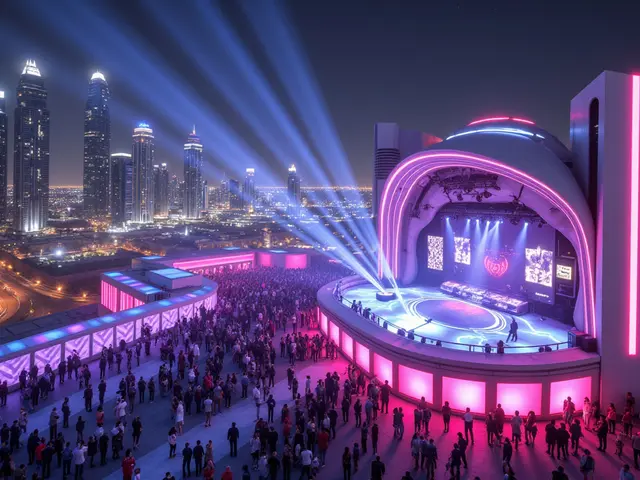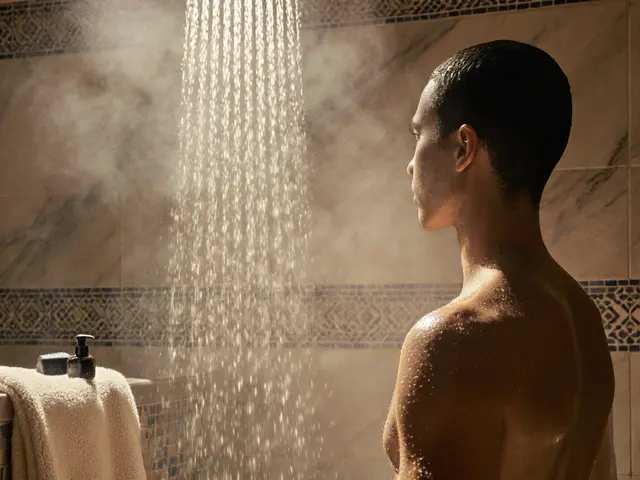Moroccan Bath in Dubai: What to Expect
If you’ve heard the word “hammam” and wondered if it’s just a fancy steam room, you’re not alone. A Moroccan bath is a full‑body ritual that mixes heat, steam, and exfoliation to leave you feeling clean, relaxed, and a little bit radiant. In Dubai, the luxury spa scene has embraced this tradition, offering authentic experiences that fit right into the city’s high‑end wellness vibe.
Walking into a Moroccan hammam, you’ll first notice the warm stone walls and the gentle hiss of steam. The temperature is lower than a typical sauna, but the humidity makes the heat soak into your skin. The ritual usually starts with a warm room to get your pores open, followed by a hotter steam chamber where you sweat out toxins. After that, a therapist uses a coarse glove, called a kessa, to scrub away dead skin. The final step is a cool rinse or a dip in a chilled pool to close the pores.
Benefits of a Moroccan Bath
Beyond the pampering factor, a Moroccan bath offers real health perks. The steam helps with respiratory issues, especially during Dubai’s dry winter months. The deep exfoliation improves circulation and can reduce the appearance of cellulite or dry patches. Many visitors also say they sleep better after a session because the body’s stress hormones drop while endorphins rise.
If you have muscle tension from a long day at the office or a workout, the heat eases tight fibers, and the subsequent cool rinse helps reset the muscles. People with skin conditions like eczema often notice less irritation after regular sessions, thanks to the removal of dead skin cells and the moisturizing oils used in the final massage.
Finding the Right Hammam in Dubai
Dubai’s luxury hotels and standalone spas all claim to have the best hammam, but there are a few things to look for. First, check if the spa uses authentic Moroccan products – think black soap, argan oil, and natural loofahs. These ingredients not only smell amazing but also boost the skin‑care benefits.
Second, ask about the therapist’s training. A skilled therapist knows how long to keep you in each room and how much pressure to apply with the kessa glove. If you’re new to the experience, a gentle scrub is best; you can always ask for a stronger exfoliation next time.
Pricing varies. A basic 60‑minute Moroccan bath at a mid‑range spa usually costs between AED 250 and AED 400. High‑end hotel spas can charge AED 600 or more, especially if the package includes a full body massage or a private suite. Many places offer discounts for off‑peak hours or bundle deals with other treatments, so it’s worth asking.
Etiquette is simple: arrive a few minutes early to change, keep your phone on silent, and don’t bring jewelry that can get hot. After the session, you’ll often get a small bottle of the black soap to take home – use it in the shower to keep that fresh feeling lasting longer.
Ready to try a Moroccan bath? Book online or call the spa directly to ask about availability. Most places recommend a 24‑hour notice, especially if you want a private room. And if you’re traveling, ask your hotel concierge; they usually have partnerships with the best hammams and can snag you a better rate.
In short, a Moroccan bath in Dubai is more than a steam room – it’s a holistic ritual that cleanses, relaxes, and revitalizes. Whether you’re a wellness newbie or a regular spa-goer, the hammam offers an experience worth adding to your Dubai itinerary.
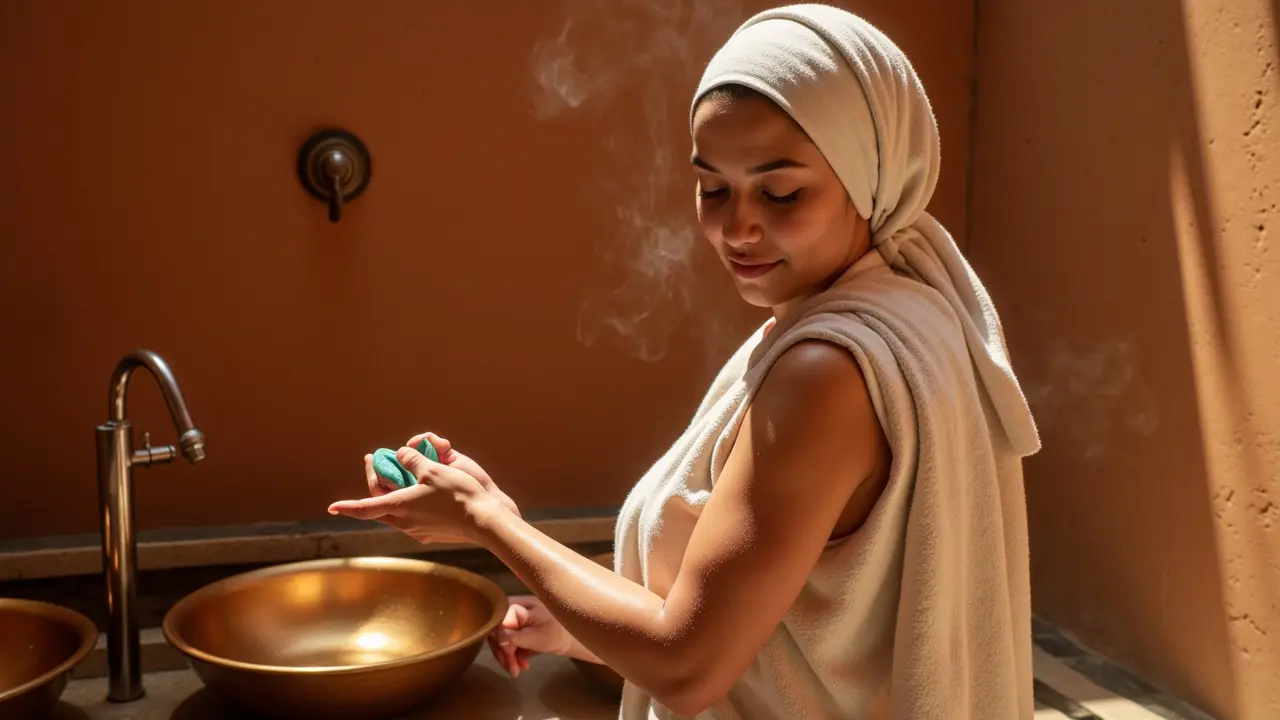
Curious if a Moroccan bath can remove dark spots? Get a clear, evidence-backed answer, what it can and can’t do, Dubai prices, safer options, and pro aftercare tips.



